Uncategorized
-
 Health & Medicine
Health & MedicineWhat we know — and don’t know — about a new virus causing pneumonia in China
A newfound coronavirus is behind a mysterious outbreak of pneumonia in central China. Experts urge vigilance but say there’s no cause for panic.
-
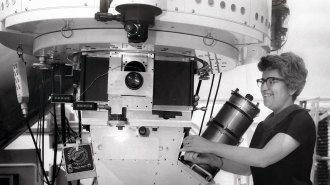 Space
SpaceDark matter pioneer Vera Rubin gets a new observatory named after her
A new effort to study the cosmos is named after Vera Rubin, an astronomer who searched out dark matter and battled sexism.
-
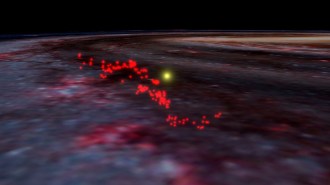 Space
SpaceA giant wave of gas lurks near our solar system
The Earth and sun are relatively near a newfound, wavy rope of star-forming gas, named the Radcliffe Wave.
-
 Life
LifeA ‘bonanza’ of new bird species was found on remote Indonesian islands
Bird discoveries typically come in a trickle. But in a remote corner of Southeast Asia, 10 newly described songbird species and subspecies were found.
By Jake Buehler -
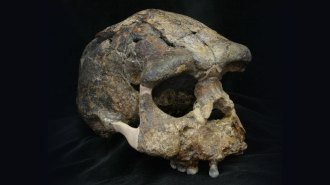 Humans
HumansHomo erectus arrived in Indonesia 300,000 years later than previously thought
The extinct, humanlike hominid likely reached the island of Java by around 1.3 million years ago, a study finds.
By Bruce Bower -
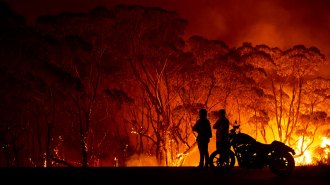 Earth
EarthHere’s how climate change may make Australia’s wildfires more common
An El Niño–like ocean-atmosphere weather pattern called the Indian Ocean dipole helped fuel extremely dry conditions in Australia.
-
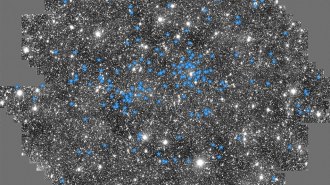 Space
SpaceYoung stars have been found in an old part of our galaxy
A newly discovered star cluster in the Milky Way’s halo seems to have been deposited there by gas torn off of two satellite galaxies.
-
 Health & Medicine
Health & MedicineGlobal progress in combating child malnutrition masks problem spots
Low-resource countries are tackling serious childhood malnutrition, national-level statistics show, but a closer look highlights disparities.
By Sujata Gupta -
 Life
LifeOcean acidification may not make fish act weird after all
A new study casts doubt on the results of early work into the effects of ocean acidification on coral reef fish behavior.
-
 Health & Medicine
Health & MedicineElectric scooter injuries rose 222 percent in 4 years in the U.S.
Hospital admissions from accidents related to e-scooters grew from 2014 to 2018.
-
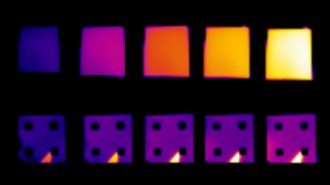 Materials Science
Materials ScienceThis material could camouflage objects from infrared cameras
A coating of samarium nickel oxide counteracts hotter objects’ tendency for brighter thermal radiation.
-
 Space
SpaceBubble-blowing galaxies could help solve a cosmic mystery
Three galaxies ionizing hydrogen 680 million years after the Big Bang show a potential step in the ionization of nearly all hydrogen in the cosmos.